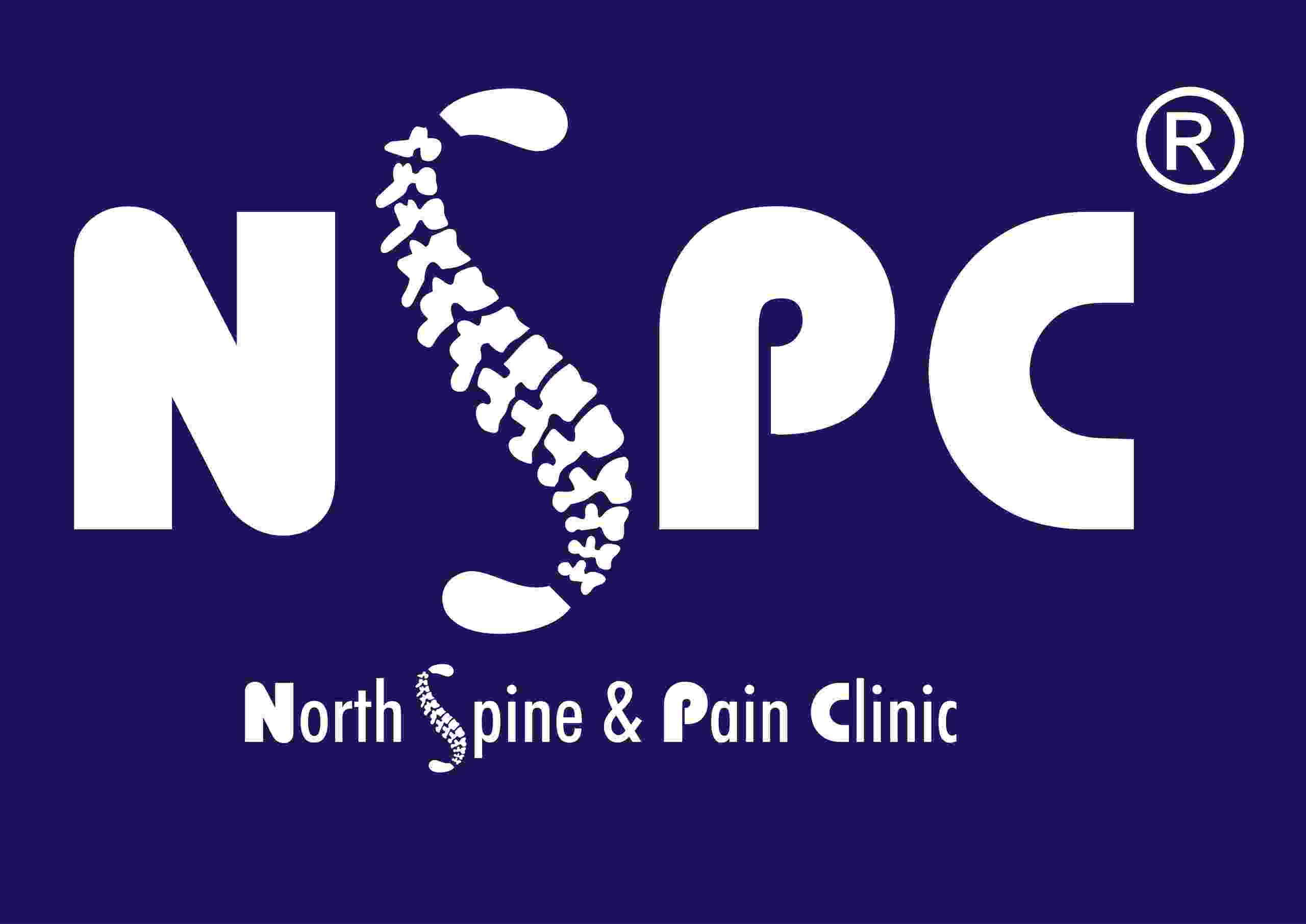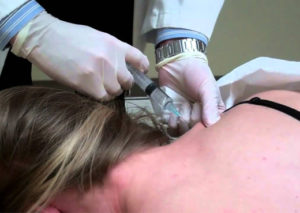Trigger point injection (TPI) may be an option in treating pain for some patients. TPI is a procedure used to treat painful areas of muscle that contain trigger points, or knots of muscle that form when muscles do not relax. Many times, such knots can be felt under the skin. Trigger points may irritate the nerves around them and cause referred pain, or pain that is felt in another part of the body.
TPI is used to treat many muscle groups, especially those in the arms, legs, lower back, and neck. In addition, TPI can be used to treat Myofascial pain syndrome and tension headaches. Myofascial trigger points are a major cause of pain and dysfunction. The technique is also used to alleviate myofascial pain syndrome (chronic pain involving tissue that surrounds muscle) that does not respond to other treatments.
Injections usually take just a few minutes. Several sites may be injected in one visit. If a patient has an allergy to a certain drug, a dry-needle technique (involving no medications) can be used. With the injection, the trigger point is made inactive and the pain is relieved.
Conditions involving widespread pain complaints, such as fibromyalgia or endocrine disorder, are not suitable for injections. Looking at the total clinical context, the finding of tender points in typical trigger point locations that coincide with the patient’s pain and a “jump sign” is sufficient to justify trigger point injections.



